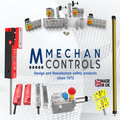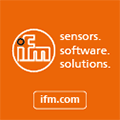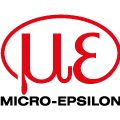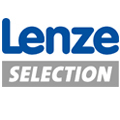
Posted to News on 24th Jun 2007, 11:52
Unimatic unveils eduCAM laser cutting and marking machine
Unimatic's eduCAM range of equipment - which is designed primarily for the design and technology curriculum and vocational education, yet is also suited to certain industrial applications - is being expanded to include high-speed laser cutting and marking machines.
In fact the new units come with an impeccable industrial pedigree, as they are in current use by manufacturing professionals in sectors such as clothes manufacture, textiles, and a wide range of resistant materials including plastics, wood and all non-metals. Unimatic Engineers says that by using 'real world' production machinery rather than lightweight 'educational' models, students get a far better experience and are more attractive to prospective employers.
Unimatic will install the equipment, commission software, integrate it with existing machinery, and train and support staff in the use of the new laser machines - which are available with working areas from 460 x 600mm to 990 x 1450mm and a choice of 10, 30 and 50W lasers.
The laser cutters have 2.5 axis of movement, ie the vertical axis movement being relatively limited to allow for different thicknesses of workpiece. They can move at up to 600mm/s, accelerate at up to 1g, and have a cutting accuracy of 0.025mm; all of these parameters are adjustable to suit the particular materials being cut or marked.
Safety, versatility and ease of use
Significantly, venting of the machine is simply to the open air, there being no need for the provision of costly air condition or extraction systems. Through-machine materials processing allows multiple jobs to be processed rapidly and with the minimum of manual intervention. Safety is ensured through comprehensive interlocking, and this is confirmed by CE-marking for compliance with all relevant safety criteria.
Kiss cut layering, variable-speed control and intrinsic energy efficiency are further features that make the eduCAM laser machine attractive.
Unimatic provides the machines with bespoke software that has been developed specifically to be simple to comprehend and use while being sufficiently robust to cope with the rigours of both industrial and educational environments. A feature of particular interest to the teaching profession is the automatic categorising and archiving of all jobs, so that individual students' work can be easily retrieved.
Further software features include: importation of a wide range of vector formats; powerful and precision control of the laser cutter output; automatic optimisation of design layout to minimise materials waste; tenability to the characteristics of particular materials, ensuring a neat and accurate cut; interfaces with almost all CAD programmes; auto-engraving; auto-nesting of complex shapes; optical recognition; automatic filtration; automatic materials feed; personalisation of workpieces; and scanlining.

















